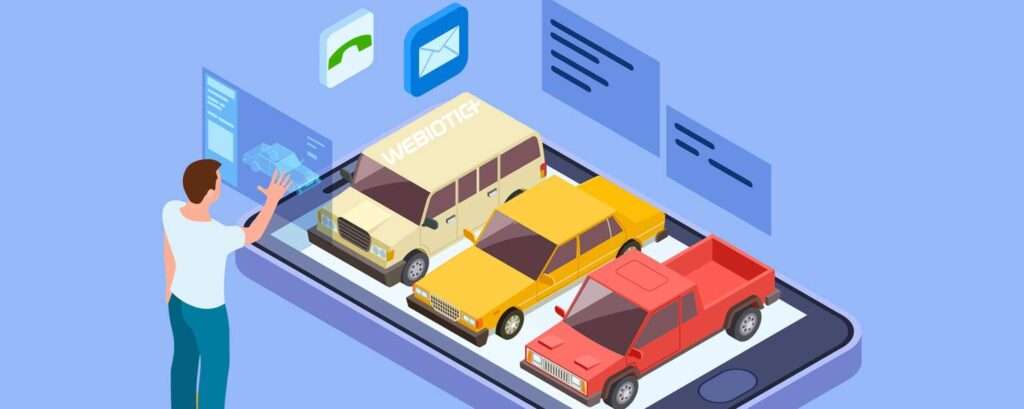
As technology gets smarter, so too are the things we own. Like the vehicles we drive.
If you have a newer vehicle, you’ve probably used an infotainment app yourself for things like music or navigation.
There’s a variety of these types of apps and they all work a little differently. Some will connect through your smartphone to the car, and some apps function solely in the car’s console.
Systems like Ford Sync or Android Auto are great examples of infotainment systems. These have been packaged with cars or installed after purchase to enhance the driving experience. Then you have electronic vehicles, like Tesla, which takes things a step further with video stream as part of their infotainment systems.
Sure, designing this kind of app will take time and money, but it could be worth it.
I explore the costs involved in designing mobile apps in this video.
These apps go beyond entertainment. Having your GPS or music controls right in your car’s console rather than fiddling around with your smartphone creates a safe and pleasant driving experience.
Car producers understand the value infotainment apps bring. They offer drivers luxury, convenience, and safety, which ultimately helps sell cars. What an opportunity!
So why were these apps created, and who are developers marketing them to?
Table of Contents
- Why Infotainment Apps Were Created
- Opportunity: Distracted Driving
- Opportunity: Bad GPS
- Opportunity: Entertainment Apps
- Who are Infotainment Systems for?
- Group: Frequent Drivers
- Group: Territory Sales People
- Complementing Your Business with Infotainment
- What Not to Do
- What You Should Do
- Breaking into the Market
- Challenge: Operating System
- Challenge: Is Your Idea Helpful?
- Challenge: Are You Willing?
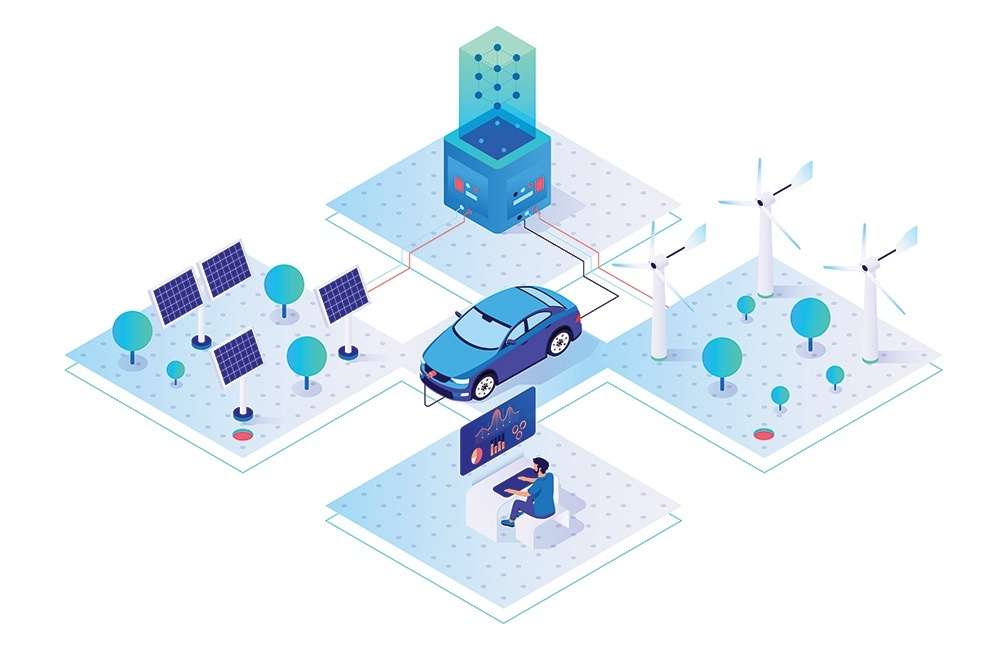
This is kind of a complicated question but bear with me.
There have been plenty of issues within the last decade that called for the creation of infotainment apps, many of which you’ve probably experienced yourself.
Distracted driving, poor GPS systems, and streamlined control of your car were not always user-friendly, and car manufacturers and tech companies saw an opportunity to improve.
1.1 Opportunity: Distracted Driving
Distracted driving is probably the biggest contributor to the rise of infotainment apps.
To say you’ve never been distracted while driving is dishonest.
We’ve all done it, after all.
Next time you go for a drive, take a look around (safely!) and take note of how many drivers you see looking down at their phones. Not very safe!
Since the inception of the smartphone, we’ve been glued to these little addicting screens. Even in the early days of cell phones, texting while driving was practically the norm.
This posed a major problem.
Most of us are poor multitaskers, whether we’d like to admit it or not. It only takes seconds of distraction to drift lanes, run a light, or rear-end another driver.
In 2018 alone, 2,841 people were killed in the US because of a distracted driver. It’s been a serious issue for a long time.
Infotainment apps lead the way to help eliminate—or at least reduce—this burgeoning problem.
Usually when we check our phones while behind the wheel, we’re looking down or to the side. Both of these mean we’re looking away from the road.
Thanks to the improvement of voice assistants, infotainment apps are easily integrated into any car with a microphone installed.
Apple’s CarPlay and Android Auto both make great use of their voice assistant features. You can easily switch songs, find directions, and make calls without having to touch a single button.
1.2 Opportunity: Bad GPS
When GPS first hit the market, they were clunky bricks that gave poor directions. They also required constant power from one of your cigarette lighters.
You’ve probably used one of those old Garmin or TomTom GPS’s. Sure, they were great tech when they arrived, but were still plagued with issues.
For example, it wasn’t uncommon to be directed down the wrong street or to be given a longer route.
Modern GPS Apps (like Waze, Apple Maps, or Google Maps) don’t experience this problem nearly as much.
But one issue still remains. All of these maps are tethered to your phone.
No matter what kind of phone you sport, the screen isn’t huge and it still lends itself to distraction.
To even see your maps properly, you have to mount it onto your air vent or cupholder and squint a little to see what’s on the screen. It’s helpful, but there’s room for improvement, right?
PRO TIP:
Safe driving is incredibly valuable and infotainment apps that serve this purpose are must-haves on the latest car models.
Infotainment GPS systems can take up your whole center console. With a screen that big, maps are in line with your road view and it’s hard to miss a turn.
It’s also far less distracting.
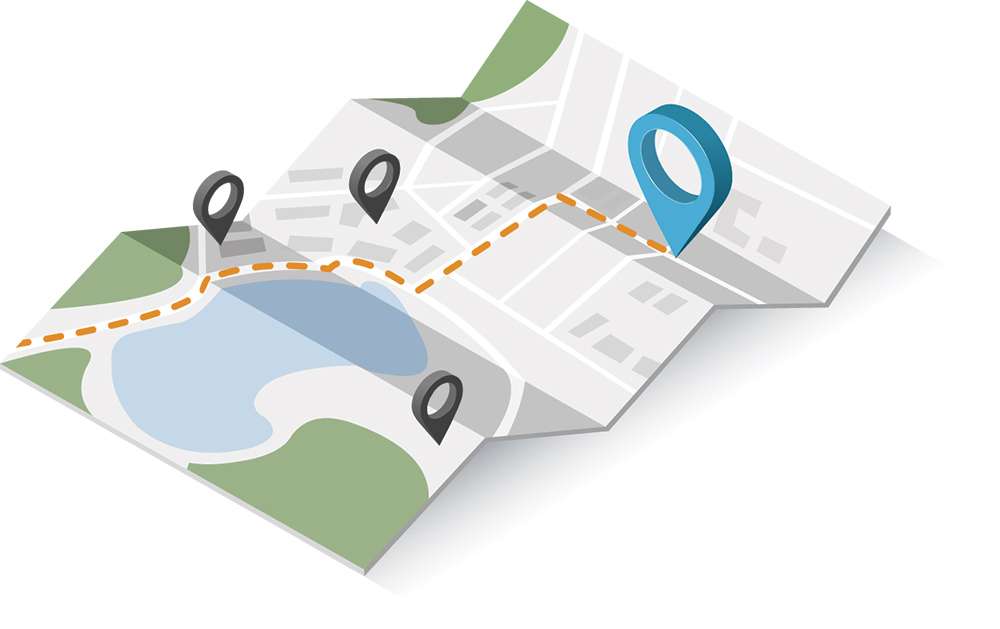
1.3 Opportunity: Entertainment Apps
As car manufacturers and developers were enhancing vehicles to make navigating and driving safer, mobile devices became much more functional.
Popular streaming services like Spotify, Pandora, and Audible allowed people to listen to music, podcasts, or books while being in their car.
With these types of apps, your smartphone syncs seamlessly into the speaker system. These apps can be distracting as well if the phone doesn’t operate via voice commands.
By synching into the console, they become much more useful and safer.
These entertainment apps are always expanding. Look at Tesla’s electronic cars to see the latest in streaming entertainment options and improvements.
Drivers can stream not only music and podcasts but also video to their Tesla Theater Mode App, like Disney Plus, Netflix, Youtube, Twitch, and Hulu.
Theater Mode access requires that the vehicle is parked, but at least it gives drivers something to do while they’re charging their vehicle.
Many vehicle don’t even allow streaming video because of the distraction it can cause, but it’s something Tesla drivers can benefit from while waiting at a Tesla Supercharger station – something to consider as electronic vehicles inevitably replace gas vehicles.
Sure, not everyone reading this will find infotainment systems appealing, but it seems that a vast majority of drivers enjoy this upgrade to their drive.
Most of us use a GPS or music streaming service when we’re on the road. Even if you know where you’re going, looking to see what traffic you may encounter is useful.
So who can get the most value out of these infotainment systems?
Let’s take a look at a few key groups.
2.1 Group: Frequent Drivers
Whether it’s work or travel, frequent drivers, well, they drive frequently!
Some may need to do so for business trips, far-away family, or for university. No matter why you drive, infotainment improves the experience.
Getting directions on a large screen to help you visualize your drive is incredibly helpful. The large screen is far better than a small mounted phone screen with a cable dangling from it.
Even if you’re just cruising around the city, an infotainment system is sure to help.
Remember, the overall goal of this is to create a better driving experience. Having all of our applications available to us from the center console offers some serious value to our lives.
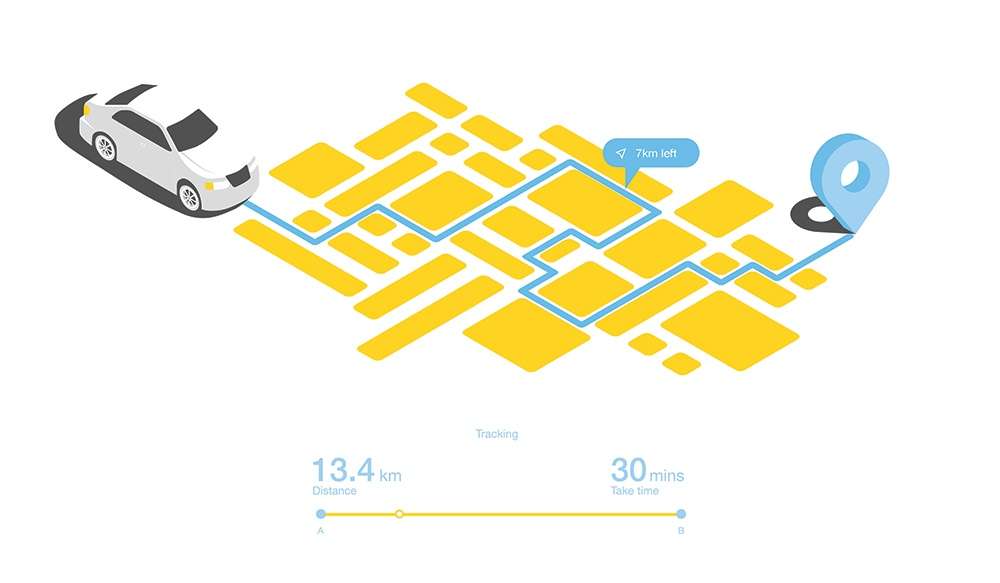
2.2 Group: Territory Sales People
There are plenty of people who work in their car. Whether they’re in sales or field service—they spend a lot of time driving.
There’s a great variety of apps to assist you when driving, which can be helpful or just entertaining.
Apps like Waze are great for locating gas stations on a long drive in addition to providing navigation. In unfamiliar territory, Waze can help you find the best prices on your route.
Entertainment while driving is extremely important. On long drives, you have to stay awake.
Apps like NPR One, Audible, or Apple Podcasts are popular for staying awake on long trips.
Having something that keeps your mind busy is not only entertaining but safer for you and others on the road.
Infotainment is a newish market of apps and one that’s relatively untapped.
There are plenty of ways to expand your business into this market while making the driving experience better for the customer.
Just like traditional apps, there’s a market for everything. Now is the time to break into this market and become a competitor.
As mentioned above, the only big apps on these platforms are navigation and entertainment. While important, this doesn’t even scratch the surface of what you can do.
There are some obvious do’s and don’ts of the infotainment market, which we’ll get into.
3.1 What Not to Do
This is first because it’s arguably the most important.
There are a few things that you just don’t want to do as an active driver.
These are pretty common sense, but here are a few examples:
● Videos/Movies/TV Series are a big no-no on the road
● Sudden lights or noises
● Anything hands-on
These all fall into the category of distracting the driver.
This could not only get the driver in some trouble, but it could get your business in a lot of trouble too.
Creating a distraction for drivers could quickly get you a lawsuit.
Thankfully, there are plenty of technologies that allow drivers to interact with their cars without taking their eyes off the road.
Voice assistants and on-wheel buttons are great assists for drivers trying to use their many apps while on the road.
PRO TIP:
There’s a balance between having quick information on the screen and over voice. Relying too heavily on the screen can be a distraction and voice assist can be annoying.
Find a happy medium!
3.2 What you Should Do
As mentioned, there’s plenty of tech out there available that allows drivers to interact with an app while driving.
These technologies can be implemented in a variety of ways.
Here are some possible
● Voice-activated car diagnostics
● Mileage counting in the background
● Dialing the closest repair shop with a single command
All of these implement distraction-free aid but remain completely functional.
Your application needs to be helpful but not require direct user interaction through a screen or buttons.
With the challenges above in mind, now’s the time to formulate an app development plan.
This is a pretty fresh market and there are plenty of innovations to be made. Heck, your idea could become one of the first iconic, infotainment apps out there.
Just remember that the goal of infotainment systems is to enhance the driver’s experience while driving safely.
Your idea needs to further that goal.
There are a variety of ways you can enhance the overall user experience of a driver. For instance, live diagnostics reports could really improve the owner’s experience with the car.
With that said, there are still some hoops you’d need to jump through first to get a piece of this lucrative market.
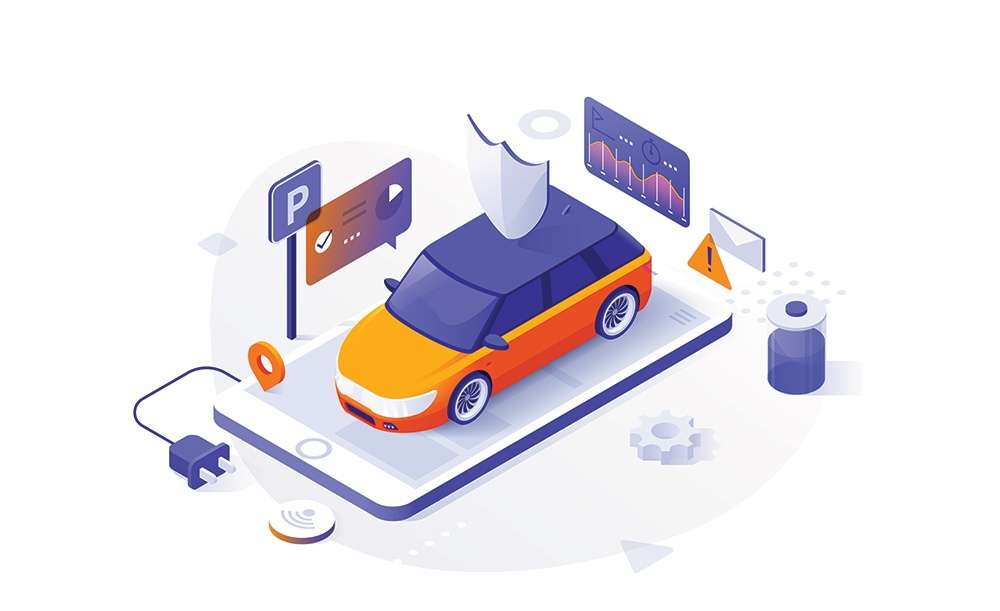
4.2 Challenge: Is your Idea Helpful?
This is probably a no-brainer. You need something that will enhance the driver’s experience.
This doesn’t necessarily need to be while someone is driving the car either. If it adds more value to the car as an owner of the vehicle, it’s still enhancing their experience.
For instance, recording mileage for a territory salesperson would be extremely helpful. This isn’t something they’ll really need to interact with on their drive.
This cuts out the menial task of recording miles in a notebook. While it’s nothing revolutionary, it’s a simple thing that plays its part in improving the overall ownership experience for the owner.
That’s just one example of the many uses of infotainment. There are simply tons of other options available.
If you ask yourself “is this going to help anyone?” or “what would make my driving experience easier”, and the answer is yes, then it’s probably a good idea.
We have an article detailing the idea validation process. This gives some more detail on whether you have a great or not-so-great idea.
4.3 Challenge: Are you Willing?
Breaking into the infotainment market comes with some challenges. Are you willing to face them?
Since infotainment is a new industry in the tech world, it’s going to take some effort to create something of value.
Just like any development project, making an infotainment app is an investment. Since it’s a relatively new market, it’s probably an investment worth making.
You’ll need to layout a project plan, find developers, and build something useful. This is going to cost plenty of time and money.
Our Simple Starter package can simplify the process by turning your infotainment app idea into a blueprint and finding out exactly who your users are, the challenges they face, and where your app fits in.
When a new market arises, it’s an opportunity to make a profit as well as build a reputation for yourself as a business.




